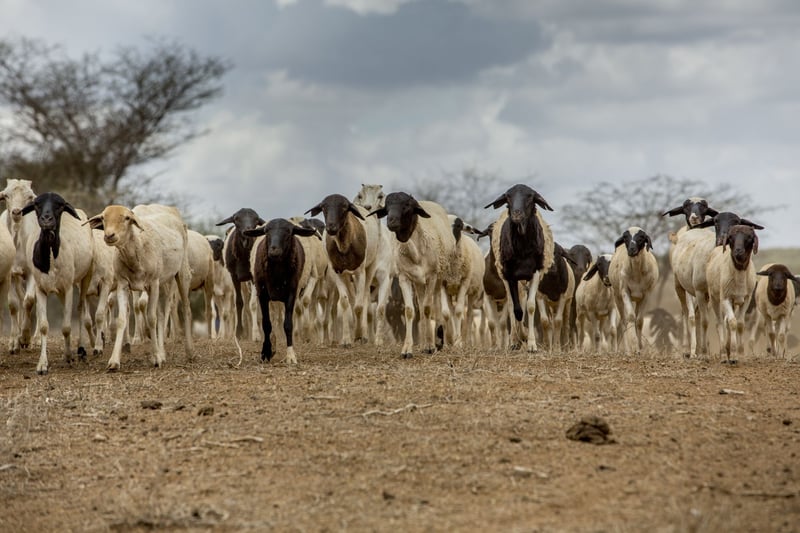
Protecting animals in the face of a changing climate
News
To mark Earth Day (April 22), we hear from one of our experts about how we’re protecting animals from natural disasters
Climate change is real and its effects are here among us.
And with the climate changing, so is the frequency and intensity of disasters.
Floods, prolonged-droughts and super storms are increasingly common. They have a huge impact on animals, resulting in millions of deaths, year in and year out.
Using education to reduce animal mortality
The theme of Earth Day 2017 is ‘environmental and climate literacy’.
It states that ‘education is the foundation for progress’ and highlights the ‘need to empower everyone with the knowledge to inspire action in defence of environmental protection.’ In the context of natural disasters, education means the difference between life and death. It means preventing endless, unnecessary suffering for millions of animals around the world.
Not just one day
On this Earth Day and all year round, we work tirelessly to protect animals and communities through preparedness and education before disasters strike, as well as through emergency aid. This is as urgent as it gets: no one is safe.
We support farmers and pet owners to improve preparedness and reduce vulnerability. This helps protect both animals and the communities who depend on them. We also lobby governments so animals receive protection in disaster plans.
Gerardo Huertas, our international director of disaster management, tells us more:
Q. What are you doing to protect animals faced with worsening disasters?
Currently, World Animal Protection can deploy four to six teams of vets and disaster experts into the field for each disaster.
We are constantly recruiting and training disaster liaison officers in many vulnerable countries around the world, to speed-up and enhance our ability to help animals and communities.
Our target by 2020 is to have helped five million animals affected by disasters around the world.
We’re working with the United Nations to teach governments how to protect farm and working animals from disasters.
We also promote a culture of preparedness among pet owners.
Q. A study from 2015 found that half of disasters looked at were linked to climate change. How might climate change affect disasters, and ultimately animals?
As climate changes, all previous trends, patterns and knowledge go down the drain.
A year or two ago, weather scientists indicated that hurricanes in the Caribbean, for example, were going to happen less often, but be larger in power and hence, more dangerous. There is little folks and governments can do in the wake of giant, monstrous hurricanes, but there is a lot that can be done if they start early.
Droughts affect people and their animals by the millions, and leave scars that can last decades.
The new culture of risk reduction we champion, is vital here. The adage that prevention is better than cure is hugely relevant. The more we can educate animal owners to prepare to protect their animals in advance, the more animals we can help.
Q. Are animals made more vulnerable by changes in the strength or frequency of natural disasters?
By all means. Other factors compounding this are living or working in exposed locations, such as in the path of floods, in arid conditions or near volcanoes. Inhabiting shaky barns and suffering poor infrastructure is another factor causing vulnerability. But these vulnerabilities worsen with each event, and the lack of preparedness by some animal owners, and poor governmental ability to provide effective and immediate relief, makes things much worse.
We are currently working in the Greater Horn of Africa to deliver critical aid to animals that are being killed by a devastating drought. Find out more on how you can help us deliver this life saving work.
On this Earth Day and all year round, we work tirelessly to protect animals and communities through preparedness and education before disasters strike, as well as through emergency aid - Gerardo Huertas, our international director of disaster management